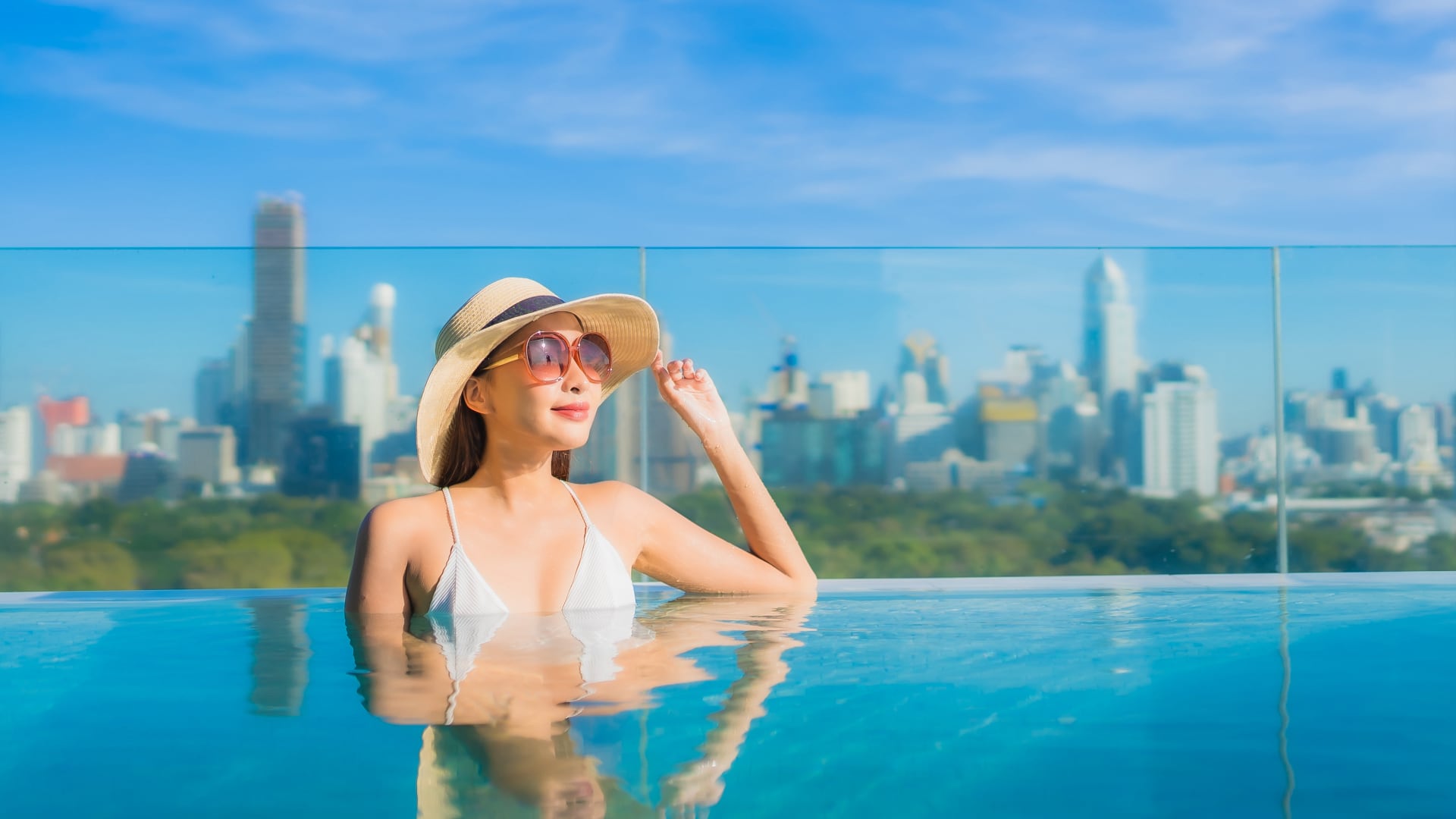Let us begin with a glance at science. Free radicals are unstable molecules created by something as ordinary as breathing. In their quest for stability, they rob healthy cells of electrons, causing oxidative stress and hastening the ageing process. Reactive oxygen species (ROS), their more unruly cousins, are produced when our cells burn oxygen for energy, rather like miniature furnaces that overheat. The more they accumulate, the greater the toll on skin: fine lines, dullness, and sagging.
The solution is not to abandon breathing altogether—tempting though the notion may be—but to cultivate strategies that counteract their effects. This festive season offers the perfect occasion to do so. Whether basking on Thailand’s beaches, walking among ancient forests, soaking in mineral-rich hot springs, or simply curating tranquillity at home, one may embrace restorative practices that refresh and renew. What follows is a guide to anti-ageing escapes that invigorate body, mind, and spirit.
Beach Bliss: Thalassotherapy, Grounding, & Surf Therapy in Phuket
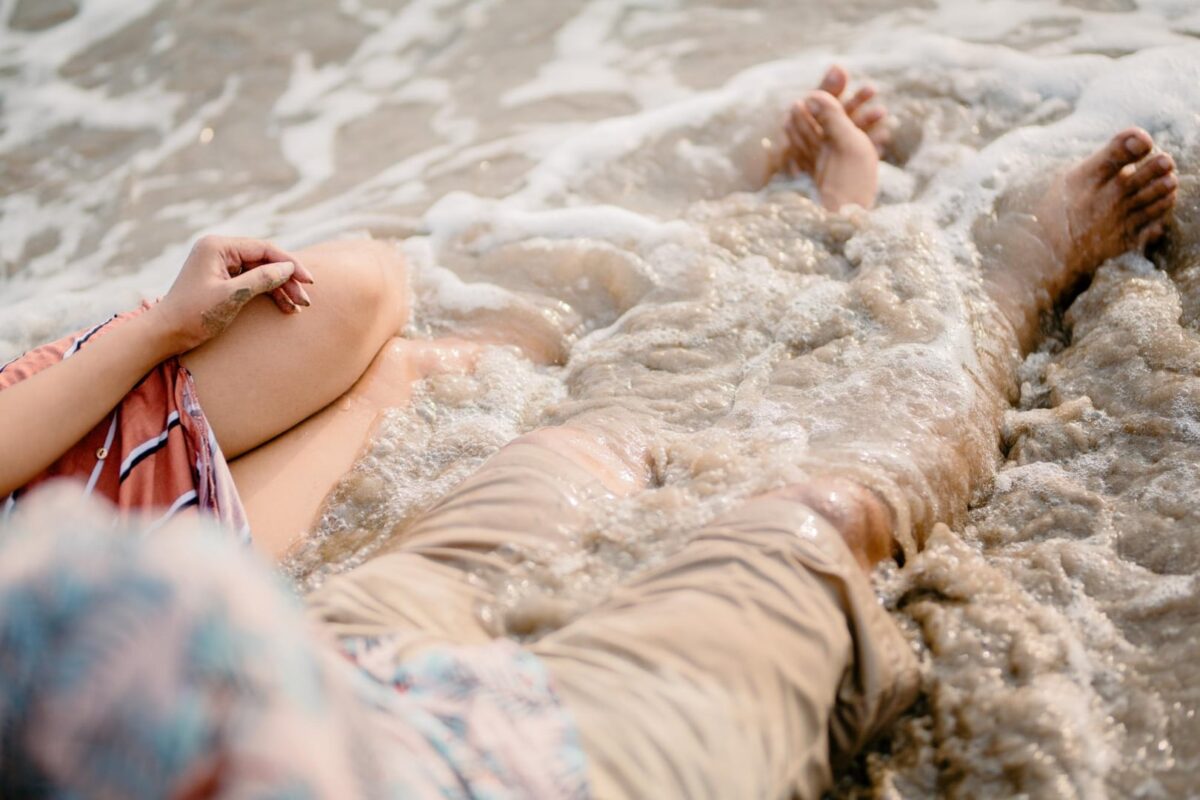
Commence your journey in Phuket, where the shoreline holds secrets to youth. Begin with thalassotherapy, in which immersion in seawater delivers magnesium, potassium, and other minerals to hydrate the skin and stimulate cellular renewal. Evidence demonstrates that seawater immersion can improve circulation and skin elasticity (Burgos, 2011).
Continue with grounding therapy—walking barefoot along Kata or Karon Beach. This act of direct contact with the earth helps neutralise inflammation, ease stress, and improve sleep (Chevalier et al., 2012). With sand warm beneath the feet and ocean breeze upon the skin, balance and calm are gently restored.
To complete the experience, try surf therapy. Surfing is not merely a sport but an act of play that elevates endorphins, lifts mood, and strengthens resilience against anxiety (Godfrey et al., 2020). Whether experienced or new to the board, the waves offer a natural tonic.
Do remember sunscreen and avoid excessive sunbathing. With these precautions, you will leave Phuket both revitalised and radiant—ready to greet the New Year.
Into the Woods: Forest Bathing at Doi Inthanon
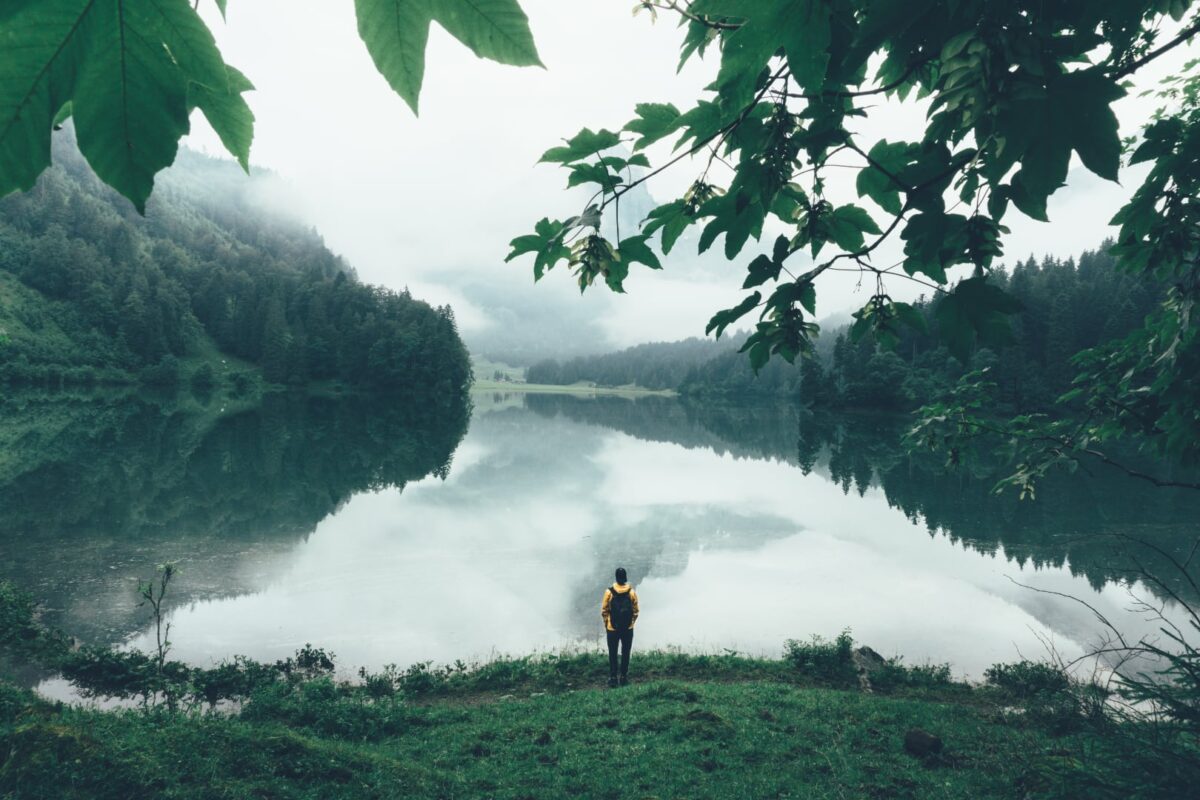
For those seeking tranquillity, the forests of Doi Inthanon in Chiang Mai provide an ideal sanctuary. Here one may practise shinrin-yoku, or forest bathing, a Japanese tradition given new life amidst Thailand’s rainforests.
As you walk amongst towering trees, the air carries phytoncides—plant-emitted oils that calm the nervous system and enhance immunity (Li, 2010). Research indicates that forest bathing lowers cortisol, improves cognitive function, and stimulates natural killer cell activity vital to immune defence (Environmental Health & Preventive Medicine, 2010). End the day in an eco-lodge, with green tea by the fire as mist curls through the hills. Few experiences feel more restorative.
Hot Springs & Onsen: Rejuvenation in Mae Hong Son
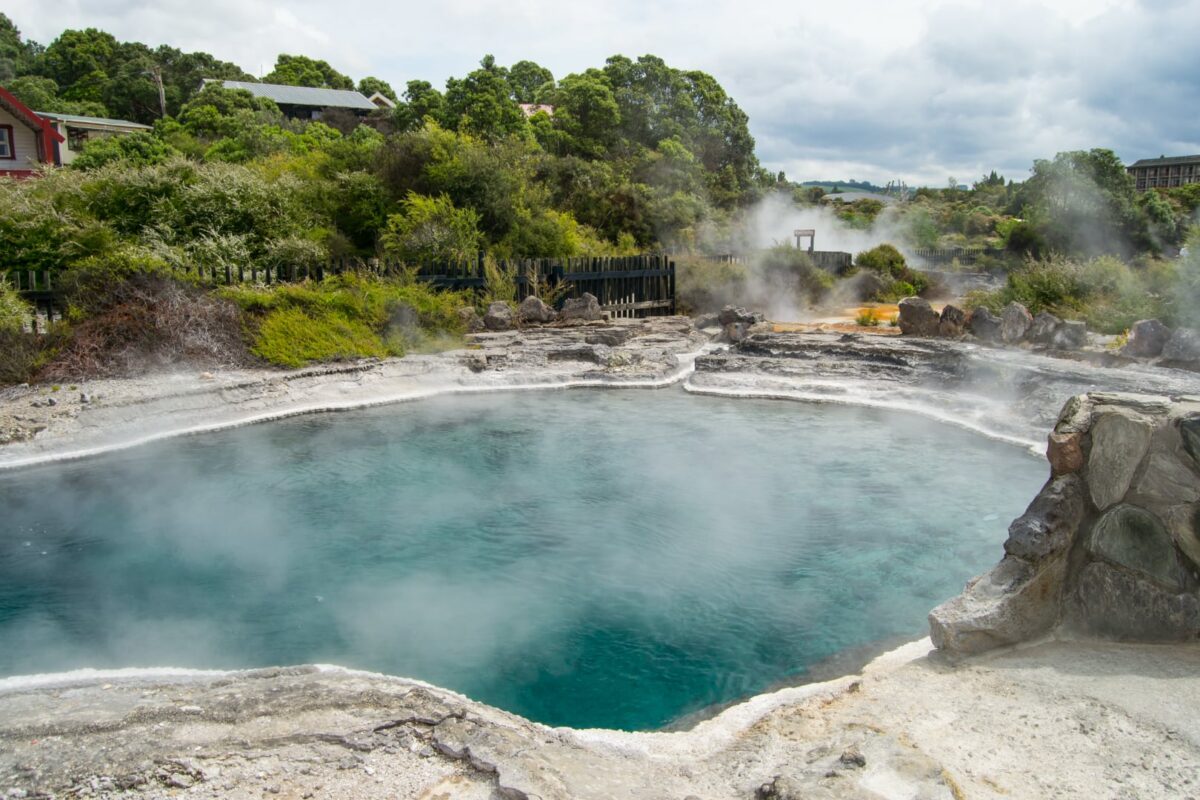
When cooler air arrives, there is comfort in the embrace of hot springs. Mae Hong Son’s mineral-rich onsen, abundant in sulfur, calcium, and magnesium, offer immersion that soothes skin, eases joints, and detoxifies, while encouraging collagen production (Yamasaki et al., 2013).
Augment this with aromatherapy massage. Jasmine oil, floral and uplifting, functions as both antidepressant and skin enhancer, shown to increase energy, elasticity, and renewal (Khan et al., 2016; Buckle, 2015). Lemongrass oil, simultaneously invigorating and protective, acts as insect repellent, anti-inflammatory, and mood enhancer (Inoue et al., 2015; Babar et al., 2015).
Indeed, a study in the Journal of Advanced Nursing found that aromatherapy with such oils reduces stress and improves sleep (Lee et al., 2011). You will emerge glowing, relaxed, and entirely prepared for holiday festivities.
Staycations: Luxe Wellness Escapes in Bangkok

If long journeys are impractical, Bangkok’s urban retreats deliver indulgence without leaving the city. Begin with yoga at dawn—whether overlooking the Chao Phraya, a tranquil garden, or the glittering skyline. Yoga has been shown to reduce anxiety and improve overall well-being (Harvard Medical School, 2020).
Continue with spa therapy. Massage lowers cortisol, eases tension, and restores equilibrium (Field et al., 2014). Complement it with aqua aerobics, Pilates, or sauna sessions, and conclude with a nutrient-rich meal of antioxidant salads and omega-3-laden fish. A staycation thus becomes both luxury and renewal.
Home Retreats: A Sanctuary of Self-Care

Wellness may be cultivated without stepping beyond one’s door. At home, begin with yoga or dance to increase circulation and mood (Piercy et al., 2018). Light lavender or eucalyptus candles to transform atmosphere—lavender, in particular, reduces anxiety and supports restful sleep (Koulivand et al., 2013).
Add mindful breathing or meditation, shown to lower blood pressure and promote relaxation (Jerath et al., 2015). Prepare a smoothie of kale, berries, and chia seeds to combat free radicals with antioxidants. End the day with a bath or calming tea. With small gestures, a house becomes sanctuary.
Snowy Escapes: Wellness at a Ski Resort
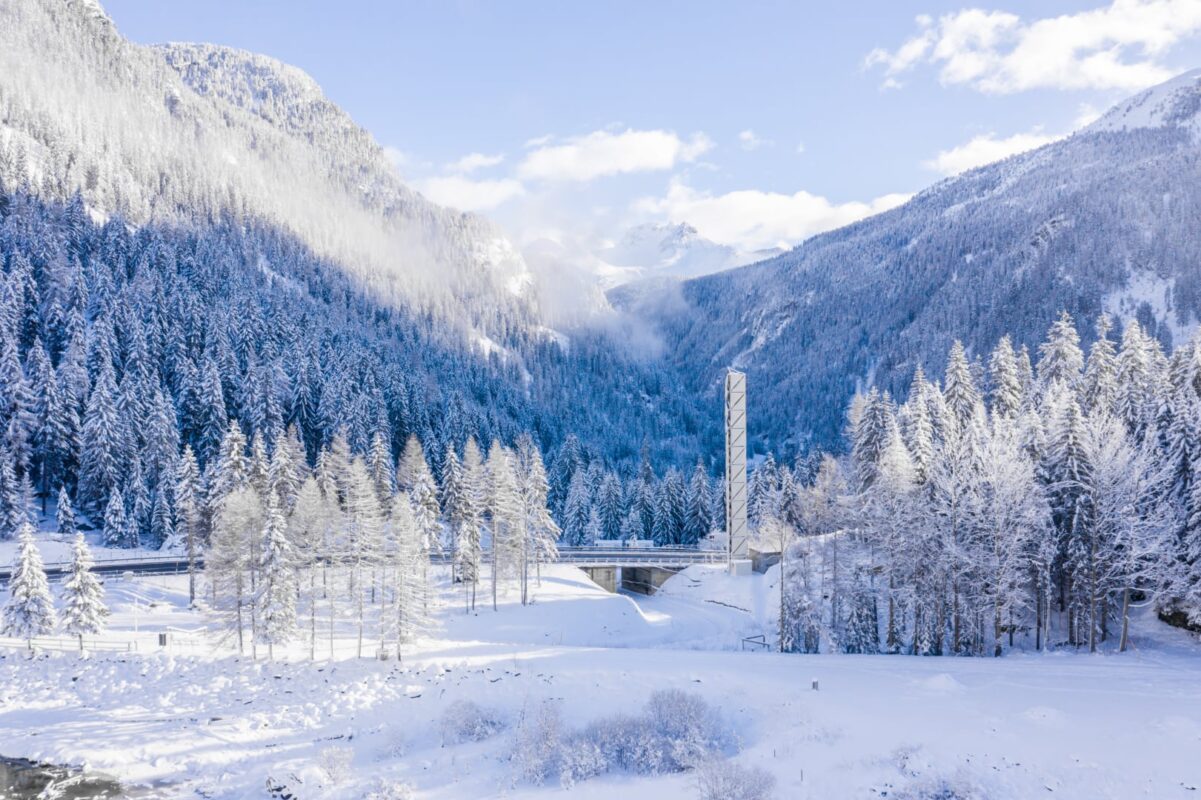
For those drawn to alpine landscapes, skiing offers both exhilaration and health. Cold weather activates thermogenesis, prompting the body to burn more calories to maintain warmth, while skiing itself strengthens muscles and core (Castellani et al., 2010).
Afterwards, indulge in hot chocolate made from dark cocoa. Rich in flavonoids, it enhances circulation and neutralises oxidative stress (Grassi et al., 2005). Yet do not forget sunscreen: snow reflects up to 80% of UV rays, necessitating SPF protection and UV-shielding goggles (Diffey, 1991).
Close the day with a soak in an outdoor hot tub, adding Epsom salts for magnesium to soothe tired muscles. Against the backdrop of snowy peaks, recovery becomes ritual.
Party with a Purpose: Wine, Dance, and Delight

Celebration belongs at the heart of the season. A glass of red wine, taken with moderation, contains resveratrol, an antioxidant linked with cardiovascular health and longevity (Baur & Sinclair, 2006). Excess, however, produces the opposite—free radicals and oxidative stress.
Pair your wine with balanced fare: lean proteins, vegetables, and healthy fats, avoiding indulgence in refined sugars, which exacerbate oxidative damage (Robertson et al., 2007). Add music, movement, and the company of friends, and your gathering will nourish mind and body alike.
The Final Countdown: A Youthful Festive Season
As the year concludes, remember that to age gracefully is not to resist time but to live fully. Whether through travel, retreat, or the sanctuary of home, renewal remains within reach.
Here’s to journeys that invigorate, gatherings that uplift, and a glow that endures. May your festive season be merry, bright, and timeless—lived with elegance, carried with grace, and marked by joy.
References:
- Burgos, A. (2011). The benefits of seawater immersion in thalassotherapy. Thalassotherapy and Spas.
- Chevalier, G., Sinatra, S. T., Oschman, J. L., Delany, R. M., & Brown, R. (2012). Earthing: Health implications of reconnecting the human body to the Earth’s surface electrons. Journal of Environmental and Public Health.
- Godfrey, C., Devine-Wright, H., & Taylor, A. (2020). The impact of surfing on health and well-being: A systematic review. Health & Place, 65, 102401.
- Li, Q. (2010). Effect of forest bathing trips on human immune function. Environmental Health and Preventive Medicine, 15(1), 9–17.
- Yamasaki, M., Miwa, H., Imai, S., & Kato, H. (2013). Skin improvement effect of natural hot spring water on atopic dermatitis. Biomedical Research, 34(3), 209-216.
- Khan, S., Ahmad, M., & Khan, A. (2016). Pharmacological and toxicological profile of Jasmine essential oil: A review. Pakistan Journal of Pharmaceutical Sciences, 29(3), 911-916.
- Buckle, J. (2015). Clinical Aromatherapy: Essential Oils in Healthcare. Elsevier Health Sciences.
- Inoue, T., Sugimoto, S., & Masuda, H. (2015). Effect of lemongrass aroma on mood and cognitive performance. Journal of Aromatherapy and Clinical Practice, 32(4), 203-210.
- Babar, Z. U., & Harding, D. (2015). Essential oils for mental fatigue and anxiety relief. International Journal of Integrative Medicine, 17(2), 133-140.
- Lee, M. S., Choi, J., Posadzki, P., & Ernst, E. (2011). Aromatherapy for health care: An overview of systematic reviews. Maturitas, 71(3), 257-260.
- Harvard Medical School. (2020). The Benefits of Yoga. Harvard Health Publishing.
- Field, T., Diego, M., & Hernandez-Reif, M. (2014). Massage therapy research. Developmental Review, 34(4), 433-447.
- Piercy, K. L., Troiano, R. P., Ballard, R. M., Carlson, S. A., Fulton, J. E., Galuska, D. A., George, S. M., & Olson, R. D. (2018). The Physical Activity Guidelines for Americans. JAMA, 320(19), 2020-2028.
- Koulivand, P. H., Ghadiri, M. K., & Gorji, A. (2013). Lavender and the nervous system. Evidence-Based Complementary and Alternative Medicine.
- Jerath, R., Edry, J. W., Barnes, V. A., & Jerath, V. (2015). Physiology of long pranayamic breathing: Neural respiratory elements may provide a mechanism that explains how slow deep breathing shifts the autonomic nervous system. Medical Hypotheses, 85(6), 486-496.
- Castellani, J. W., & Young, A. J. (2010). Human physiological responses to cold exposure: Acute responses and acclimatization to prolonged exposure. Autonomic Neuroscience: Basic and Clinical, 157(1-2), 94-101.
- Grassi, D., Lippi, C., Necozione, S., Desideri, G., Ferri, C. (2005). Short-term administration of dark chocolate is followed by a significant increase in insulin sensitivity and a decrease in blood pressure in healthy persons. The American Journal of Clinical Nutrition, 81(3), 611-614.
- Diffey, B. L. (1991). Solar ultraviolet radiation effects on biological systems. Physics in Medicine & Biology, 36(3), 299-328.
- Baur, J. A., & Sinclair, D. A. (2006). Therapeutic potential of resveratrol: The in vivo evidence. Nature Reviews Drug Discovery, 5(6), 493–506.
- Robertson, R. P., Harmon, J., Tran, P. O., Tanaka, Y., & Takahashi, H. (2007). Glucose toxicity in beta-cells: Type 2 diabetes, good radicals gone bad, and the glutathione connection. Diabetes, 52(3), 589–595.
